Why Is My AC Not Blowing Cold Air? Causes and Fixes

Why Is My AC Not Blowing Cold Air? Causes and Fixes
When your air conditioner stops blowing cold air, it’s more than just an inconvenience—it can turn your home into an uncomfortable space, especially during Seattle’s warmer months. Whether it’s a sudden failure or a gradual decline in performance, understanding why your AC isn’t cooling is the first step to fixing it. This guide dives into the most common causes of this frustrating issue—from simple fixes you can handle yourself to problems requiring professional help—and provides practical solutions to get your system back to peak performance. For a broader look at air conditioning challenges, explore AC repair to see how this fits into the bigger picture of keeping your unit running smoothly.
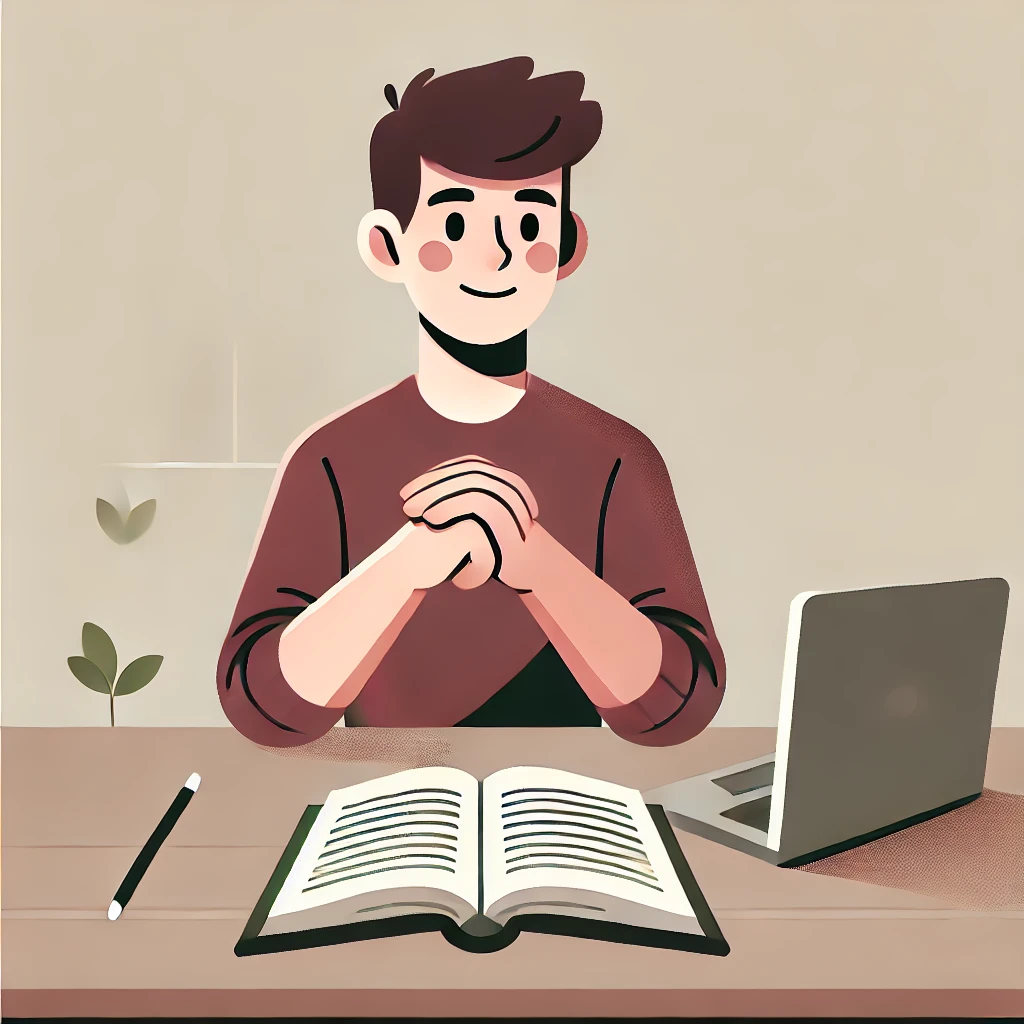
Understanding the Basics of AC Cooling
Before we jump into the causes, let’s cover how your air conditioner cools your home. The process relies on a refrigerant cycle: the compressor pressurizes refrigerant, which then flows through the condenser coils outside to release heat, cools down in the evaporator coils inside, and blows cold air through your vents. When something disrupts this cycle—whether it’s airflow, refrigerant levels, or mechanical components—you’ll notice your AC struggling to deliver that refreshing chill. Knowing this can help pinpoint why your system’s letting you down.
1. Dirty Air Filter
One of the most frequent culprits behind an AC not blowing cold air is a dirty air filter. Over time, dust, pet hair, and debris clog the filter, restricting airflow to the evaporator coils. When air can’t flow freely, the coils get too cold, potentially freezing over, and the system can’t circulate cool air effectively.
Fix: Check your air filter—typically located behind the return vent or inside the indoor unit. If it’s gray with dust or clogged, replace it with a new one (check your manual for the right size, like a 16x25x1). This simple step can restore cooling in minutes. For a deeper dive into this essential task, see how to change your AC filter and why it’s important—a quick filter fix can prevent bigger headaches.
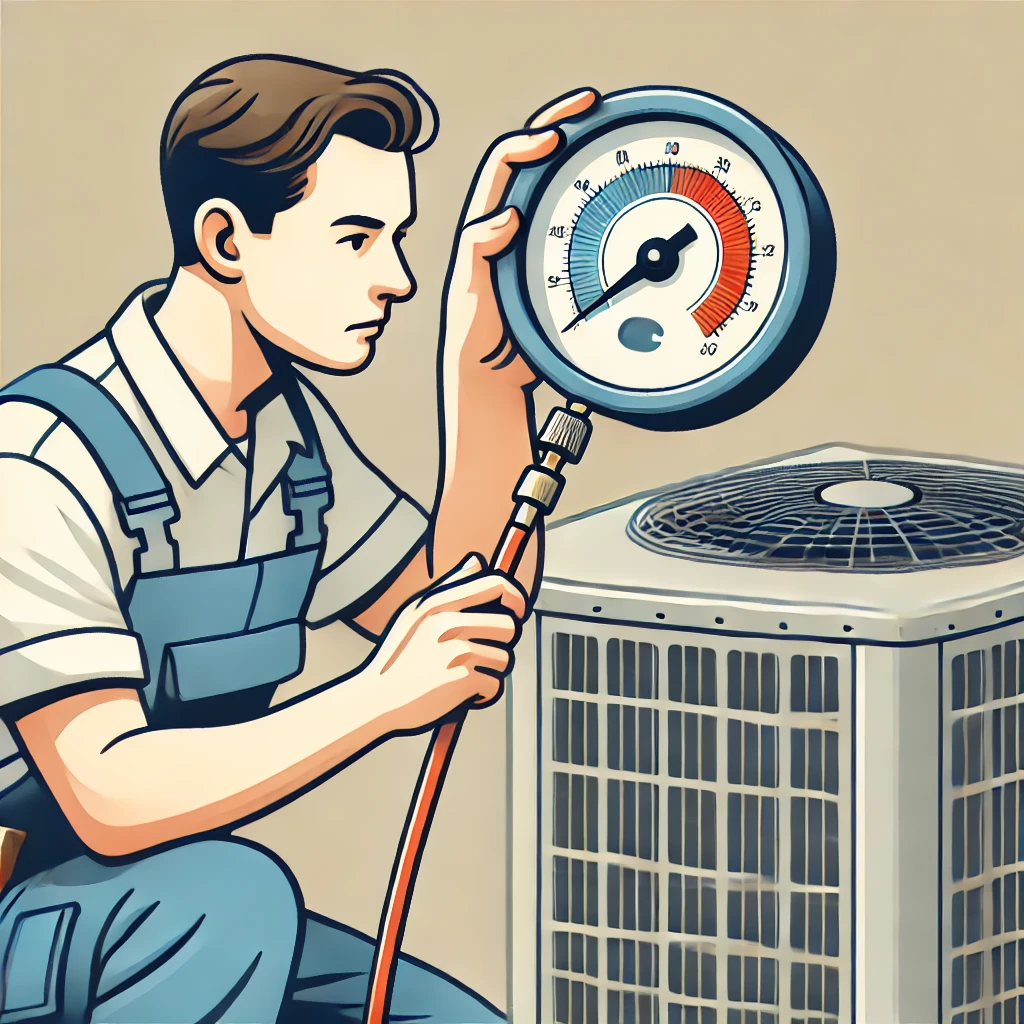
2. Low Refrigerant Levels
Refrigerant is the lifeblood of your AC’s cooling power, absorbing heat from inside and releasing it outside. If levels are low—often due to a leak—your system can’t cool properly, leaving you with lukewarm air instead of a crisp breeze.
Fix: Unfortunately, this isn’t a DIY job. Refrigerant is a controlled substance, and handling it requires certification. Turn off your AC to avoid compressor damage and call a licensed technician to check for leaks, repair them, and recharge the system. Curious about other compressor-related issues? The most common AC compressor problems and how to fix them explains the compressor’s role in keeping your air cold.
3. Frozen Evaporator Coils
If your AC’s evaporator coils freeze over, they can’t absorb heat from your home, resulting in air that’s anything but cold. This often ties back to airflow issues (like a dirty filter) or low refrigerant, causing ice buildup that blocks the cooling process.
Fix: Shut off the AC and let the coils thaw—run the fan-only mode or wait a few hours. Once thawed, replace the air filter if it’s dirty. If freezing keeps happening, it might be a refrigerant issue or a more complex airflow problem—freezing as a cause offers more insights on tackling this icy snag. Persistent freezing warrants a pro’s attention.
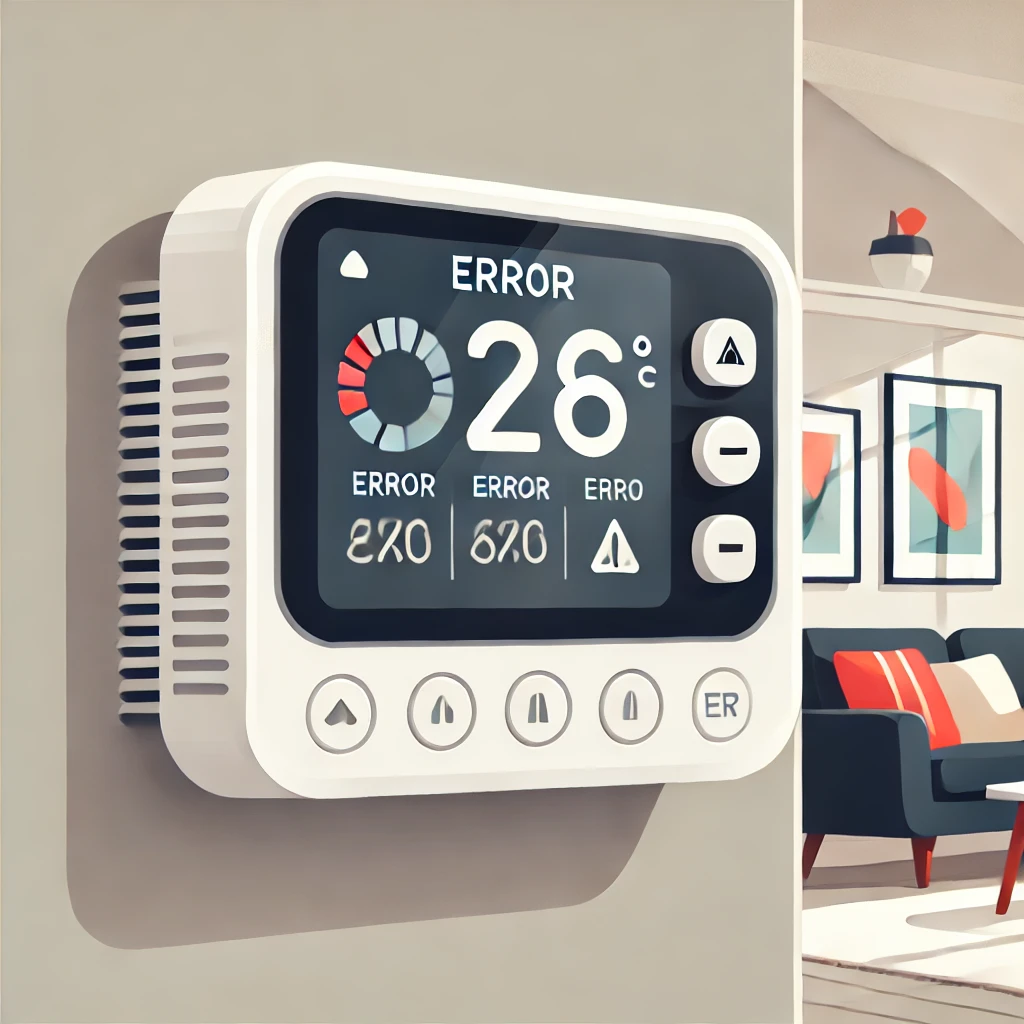
4. Thermostat Issues
A malfunctioning thermostat can trick your AC into blowing warm or room-temperature air. If it’s miscalibrated, has dead batteries, or is set incorrectly, the system might not kick into cooling mode when you need it.
Fix: Check the thermostat settings—ensure it’s on “cool” and set below the current room temperature (e.g., 72°F if it’s 78°F inside). Replace the batteries if it’s battery-powered, and recalibrate if possible (consult the manual). If it’s still acting up, a technician can test or replace it. For broader cooling woes, warm air fixes might shed light on related thermostat troubles.
5. Blocked Condenser Unit
The outdoor condenser unit releases heat from your home, but if it’s blocked by leaves, dirt, or overgrown shrubs, it can’t do its job. This forces the system to work harder, often resulting in air that’s not as cold as it should be.
Fix: Turn off the power to the outdoor unit (via the breaker or disconnect box), then clear debris with a broom or garden hose—gentle pressure, no power washers. Trim back plants to leave 2-3 feet of clearance around it. A clean condenser can make a big difference, and central AC tips offers more advice for homeowners with central systems facing this issue.
6. Compressor Failure
The compressor is the heart of your AC, pressurizing refrigerant to enable cooling. If it fails—due to age, electrical issues, or lack of maintenance—your system might run but won’t blow cold air, leaving you in a warm predicament.
Fix: This is a job for a professional. Signs of compressor trouble include a humming outdoor unit without cooling or no sound at all. A technician can diagnose if it’s repairable or needs replacement—a costly fix, but sometimes unavoidable. Compressor’s role dives deeper into how this component keeps your AC humming.
7. Dirty Condenser or Evaporator Coils
Beyond a blocked condenser, dirty coils—either outside (condenser) or inside (evaporator)—can hinder heat transfer, reducing cooling efficiency. Dust and grime act like insulation, trapping heat where it shouldn’t be.
Fix: For the condenser, hose off the coils gently after clearing debris—avoid bending the fins. Evaporator coils (inside) are trickier; if accessible, clean with a soft brush or coil cleaner (follow safety guidelines). If coils stay dirty, cooling suffers—more common issues explores this and other frequent culprits in our full list.
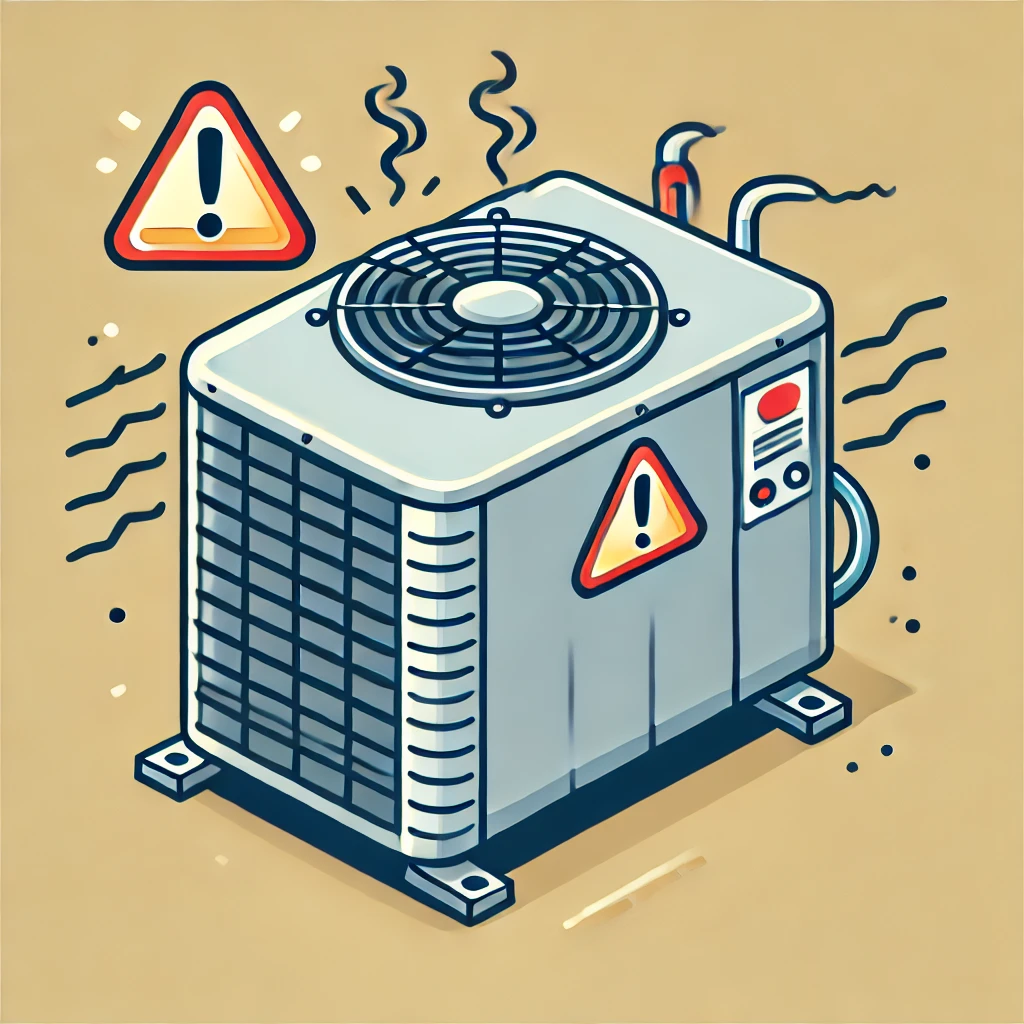
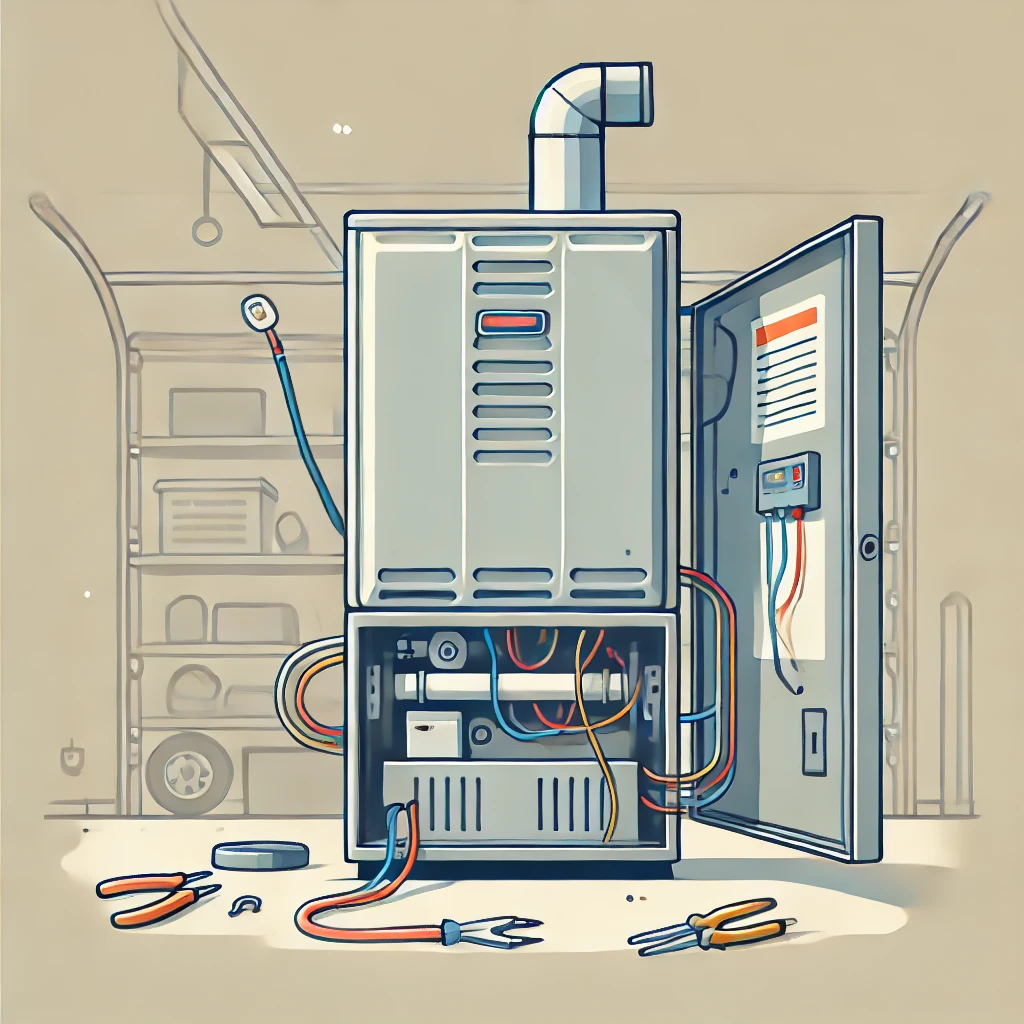
8. Electrical Problems
Faulty wiring, tripped breakers, or a blown fuse can disrupt power to key components like the compressor or fan, stopping cold air in its tracks. This might happen after a power surge or due to wear over time.
Fix: Reset the breaker or replace a blown fuse (match the amperage—e.g., 30A). Check for loose connections if you’re comfortable with basic electrical work (turn off power first). Persistent issues need a pro to inspect wiring or components—don’t risk it if unsure. Repair cost details can help you budget for these fixes.
9. Ductwork Leaks
If you have a central AC system, leaky ducts can let cold air escape before it reaches your rooms, leaving vents blowing tepid air. Poor sealing, holes, or disconnected sections are common in older homes.
Fix: Inspect visible ductwork for gaps or tape peeling off—seal with HVAC foil tape (not duct tape). For hidden leaks in attics or crawlspaces, a pro with a duct blaster test can pinpoint and repair them. Central AC tips covers duct-related challenges for central system owners.
10. Aging or Undersized Unit
An old or undersized AC might struggle to cool, especially on hot days. Units over 10-15 years old lose efficiency, and one too small for your space can’t keep up with demand, resulting in lukewarm output.
Fix:
Clean filters and coils to maximize what you’ve got, but if it’s still weak, assess the unit’s age and size (check the BTU rating on the label—e.g., 12,000 BTU for 550 sq ft). Replacement might be the answer—consult a pro for sizing and options. Warm air fixes offers more on when aging systems falter.

How to Prevent Future Cooling Problems
Prevention beats a cure every time. Regular maintenance—like changing filters monthly, clearing the condenser annually, and scheduling professional tune-ups—keeps these issues at bay. Watch for early signs (e.g., weak airflow, odd noises) and act fast. Ignoring them can lead to bigger repairs—check repair cost details to see what you might save with proactive care.
When to Call a Professional
While many fixes here are DIY-friendly, some—like refrigerant leaks, compressor failures, or electrical faults—require a licensed technician. Safety’s key; mishandling refrigerant or wiring can be dangerous and costly. If you’ve tried the basics (filter, thermostat, coils) and cold air still eludes you, don’t wait—get expert help. More common issues lists other frequent AC woes that might overlap, giving you a full troubleshooting toolkit.
Conclusion
An air conditioner not blowing cold air can stem from simple oversights like a dirty filter or complex failures like a busted compressor. By tackling causes like clogged coils, low refrigerant, or duct leaks with these fixes, you can often restore cooling yourself—and save a service call. For Seattle homeowners, staying ahead of these problems ensures comfort even when summer peaks. Need more insight? Filter fix dives into one of the easiest preventive steps, while repair cost details helps you plan for any pro assistance. Keep your AC running strong, and enjoy a cool home all season long!





